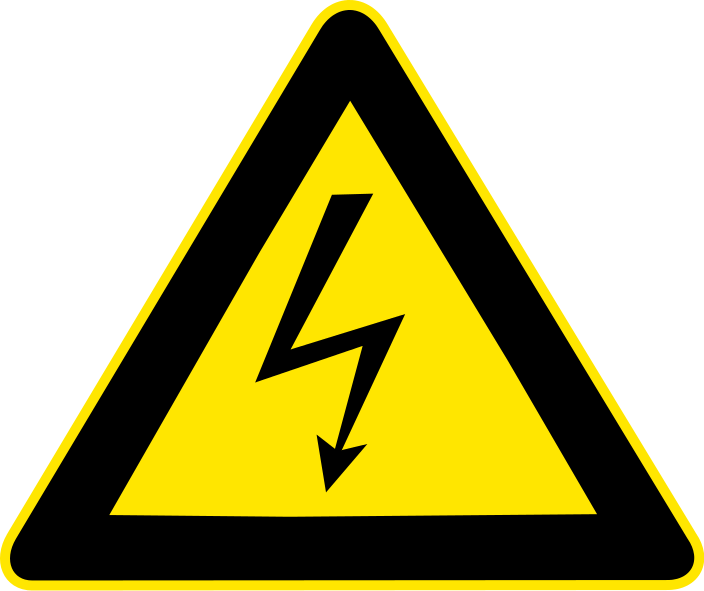Introduction
On my previous article on reliability, I have explained the objectives of reliability, historical overview of reliability and the consequences of unreliability in electrical and electronic systems. Unreliability endangers the life of humans and rob humans of the convenience or comfort they should get using a system_ imagine a church electrical wiring system failing during an active worship in the church. Some fire accidents were instigated due to unreliability of equipment.A generator armature winding constructed with a low quality conductor might catch fire if loaded. Coming to structures, imagine people gathering in a event center for an occasion and the building collapses; or even cars/vehicles travelling through a bridge an the bridges wrecks_this would probably cause the passengers to sink on the river and die. The frustration and dissatisfaction caused by unreliability is much that Reliability Engineering has become a more sophisticated discipline in institutions and is still extending to many world class institutes.
Failure Of Electrical Systems
Failure of a system is the cessation of the system to perform the required function at a required time and under specified condition. Failure of a system stops it from fulfilling the essence on which it was designed, a failed system can perform its essence but definitely not effectively.
source:Wikimedia||license:public domain
For a better understanding of failure of equipment, I will specify the conditions in which a system has failed or the characteristics a system will exhibit to be attributed as a failed system:
- When it is completely inoperative: A system that cannot execute, carry out or perform the function to any extent which it was designed under specified conditions has totally failed. Using an electrical switch as an example: among the specified condition for a switch to light an electric lamp is their must exist a source of electricity in the switch and that the interconnection between the switch, the voltage source and the electric lamp must be standard. Lets now say that this specification are met, then you flipped on the switch and closes it, on closing it, the electric lamp(which has being tested and is in a good condition) did not light. The switch has is completely inoperative and has failed A simpler analysis is that of mobile phone; assuming the battery of your phone is not low and on pressing the power button the phone did not turn on; that means the mobile phone has failed.
- When It is Still Operative But Cannot Perform Effectively: This is otherwise partially operative. Still using the switch as an example; imagine you closed the switch and in closing it, the electric lamp lighted but was so deem (we are on the take that Voltage supplied is 220 and other operating conditions were met). Anyone with basic knowledge on electrical engineering knows that reason a low voltage will exist at end terminal is a partial contact of conductors . this implies that if on closing the switch under specified condition, the electric lamp gave a deem light, then their is a partial contact on conductors inside the switch. This switch can be classified as a failed system
For more emphasis, if your mobile phone can be powered but cannot make call due to some problems. It is operative but no longer performs the required functions fully, the mobile phone can be classified as a failed system. - When It is unsafe for Continuous Usage: Safety is the practical validity that the use of an item, equipment or system will not result to an injury. Therefore, unsafe for continuous usage implies the tendency to result to injury if still used. For any equipment or system to be declared safe for use, it must have being used and tested.

source: Wikimedia||license:CC by SA 2.5
Assuming that on closing an electric switch, it performs it function(lights a bulb), but gives some electric shock whenever someone touches the switch, the switch can be classified as a failed system because it causes electric shock which will definitely lead to injury if continuously used.
On the afore-mentioned, much people might be using gadgets that can be classified as a failed system.
Cause of Failure In A System
A system might fail due to one of the following reasons:
1 Error by Manufacturers: Atimes a system might fail because the components that it is made of is innately incapable. This means that the manufacturers coupled it with weak components leading to infant or early life failure , example of this is the S7 produced by Samsung that exploded while being charged.
2 Consumer Factor: If a user purchases a gadget and starts using it outside the specified conditions, the gadget is bound to fail. Assuming a user got a gadget and started using it under the rain, then the ensuing failure is caused by the consumer factor.
3 Environmental Factor: This included the effect of weather, temperature, humidity and other natural occurrences on a system. A power system not adequately protected have the tendency, have more tendency to fail if in active mode during rainfall; this is the reason while their is power black in some states in Nigeria during rainfall.
This post has been voted on by the SteemSTEM curation team and voting trail in collaboration with @curie.
If you appreciate the work we are doing then consider voting both projects for witness by selecting stem.witness and curie!
For additional information please join us on the SteemSTEM discord and to get to know the rest of the community!